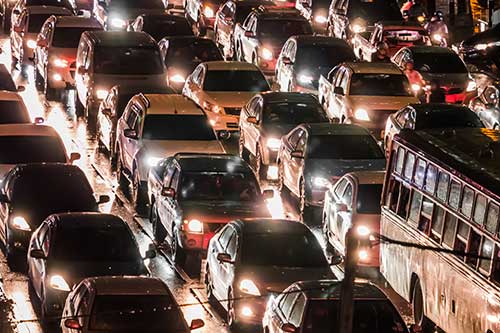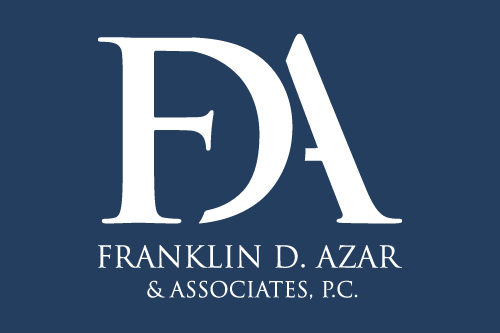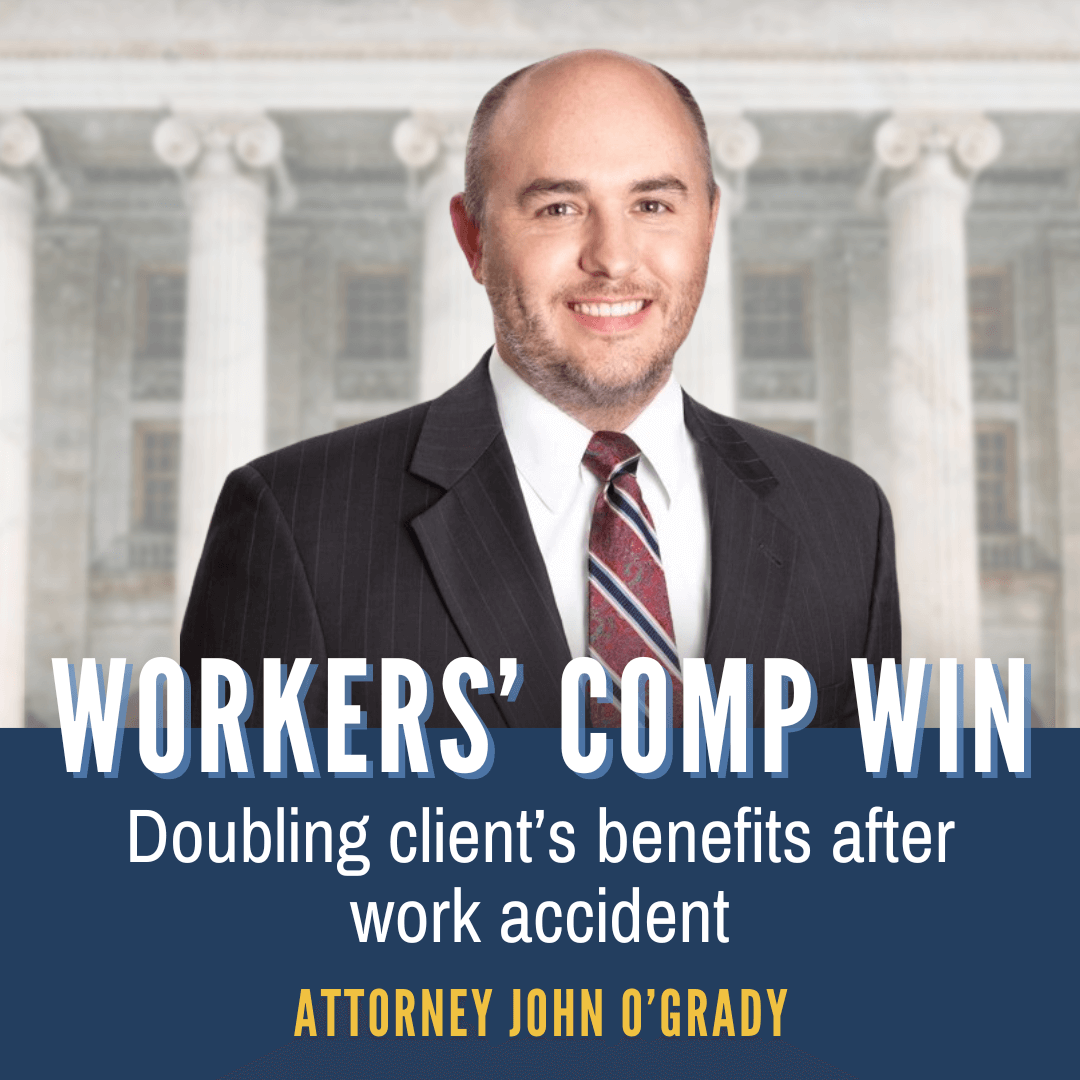We’ve all seen them on the nightly news, those “chain reaction” wrecks on a busy highway that involve multiple vehicles crashing into each other. If you’re lucky, you’ve never actually been in one.
Such collisions can be deadly. Even if you emerge relatively unhurt, determining who’s at fault for the damages caused can be an extremely complicated process. Every case is different, but there are some common-sense considerations involved in fixing liability in multi-car, rear-end crashes — and some steps you can take that will increase your chances of avoiding such a pileup.
FACTORS INVOLVED IN REAR-END CRASHES
In a high percentage of rear-end wrecks involving just two vehicles, the driver of the rear vehicle is considered to be at fault. That driver may have been speeding, not paying attention, or heedlessly tailgating; in many instances, the rear driver ends up with a citation for “following too close.”
In Colorado, the relevant statute states that “the driver of a motor vehicle shall not follow another vehicle more closely than is reasonable and prudent, having due regard for the speed of such vehicles and the traffic upon and the condition of the highway.”
But don’t assume that the rear driver is automatically liable in all possible scenarios. There are certain situations in which the lead driver could be at least partially at fault for the collision — particularly if that driver is intoxicated, distracted, or otherwise driving recklessly.
Suppose the lead driver pulls into traffic (or moves across multiple lanes of traffic) without signaling, essentially failing to yield. Suppose the lead driver brakes suddenly, without cause, or that the lead driver’s brake lights don’t work — or both. The rear driver could plausibly argue that an abrupt stop and/or an absence of brake lights didn’t provide enough warning for a “reasonable and prudent” motorist to stop in time.
In other cases, there may have been a sudden change in road conditions (black ice, for example), the behavior of a third party (a breakdown or medical emergency up ahead that causes the lead driver to slam on the brakes), or some other factor involved that could complicate the liability question. In some instances, it might turn out that neither driver is found to be at fault for a rear-end collision because the actual cause is some immediate and unexpected hazard.
MULTIPLE CAR REAR-END COLLISIONS
In “chain reaction” wrecks involving three or more vehicles, the same general principle holds true as in two-car, rear-end collisions: the rear driver has an obligation to keep a reasonable distance behind the cars ahead and be alert for changing speeds and traffic conditions. But when a chain-reaction crash occurs, there’s no easy formula for establishing fault.
Consider the following scenarios.
1. Multiple tailgaters, a series of crashes. Driver A is slowing in heavy traffic and is rear-ended by Driver B. Driver C can’t react in time and smacks into Driver B. Driver D brakes but still hits Driver C, pushing that vehicle into B, which collides again with A. Driver A may have claims against Drivers C and D as well as B for following too close.
2. One speeder, a series of crashes. Drivers A, B, and C are all crawling along in heavy traffic. Driver D, who is busy texting, speeds around a curve and doesn’t see the line of cars until it’s too late to react. Driver D rear-ends Driver C, pushing that vehicle into Driver B, whose car is driven by the impact into Driver A. Given that set of facts, a jury would probably find Driver D at fault for all three crashes.
3. Multiple distractions, a series of crashes. Driver A brakes abruptly while eating in his car, having spilled coffee in his lap. Driver B doesn’t see A braking because she is checking her phone and rear-ends A. Driver C, whose reaction time is impaired by a three-martini lunch, barrels into Driver B. Each driver may share some fault for the wreck— but since Colorado has a comparative negligence law, it may be possible for one or more of the injured parties to recover damages based on the relative level of fault of the other parties involved.
As in the case of two-car collisions, the process of determining fault in a multi-car collision will depend on the findings of the police investigation, the physical evidence and witness statements, and the relevant statutes. If you find yourself involved in a rear-end collision or a chain reaction crash, seeking the advice of an experienced auto accident lawyer can help you navigate the complexities of determining fault and pursuing compensation for your damages.
AVOIDING REAR-END COLLISIONS
There’s no particular remedy for being caught in the middle of a chain reaction of rear-end collisions caused by another driver who was following too close or not paying attention. But there are steps you can take in an effort to reduce your chances of being on either end of a rear-ender. They include:
- Put aside all distractions and focus on what’s happening around you.
- Make it a habit to allow more stopping distance than you think you’ll need.
- Whenever possible, let tailgaters pass you, while maintaining a safe speed.
- Don’t engage with aggressive drivers exhibiting signs of road rage; do report them to authorities when you can do so safely.
- Adjust your speed in response to changing road and weather conditions.
- Make sure your brakes and lights are working and tires have adequate tread.
THE CAR ACCIDENT LAWYERS AT FDAZAR
For more than thirty years the car accident attorneys at Franklin D. Azar & Associates have helped thousands of injured people obtain complete and timely compensation for their losses. Our proven track record and expertise have allowed us to grow into the largest personal-injury law firm in Colorado, with offices in Denver, Aurora, Thornton, Fort Collins, Greeley, Grand Junction, Colorado Springs, and Pueblo. If you’ve been injured in a car, truck, or motorcycle accident, you may be entitled to compensation. Please call the car accident attorneys at FDAzar day or night at 720-372-2824 or contact us here for a free consultation and no-obligation evaluation of your case.




